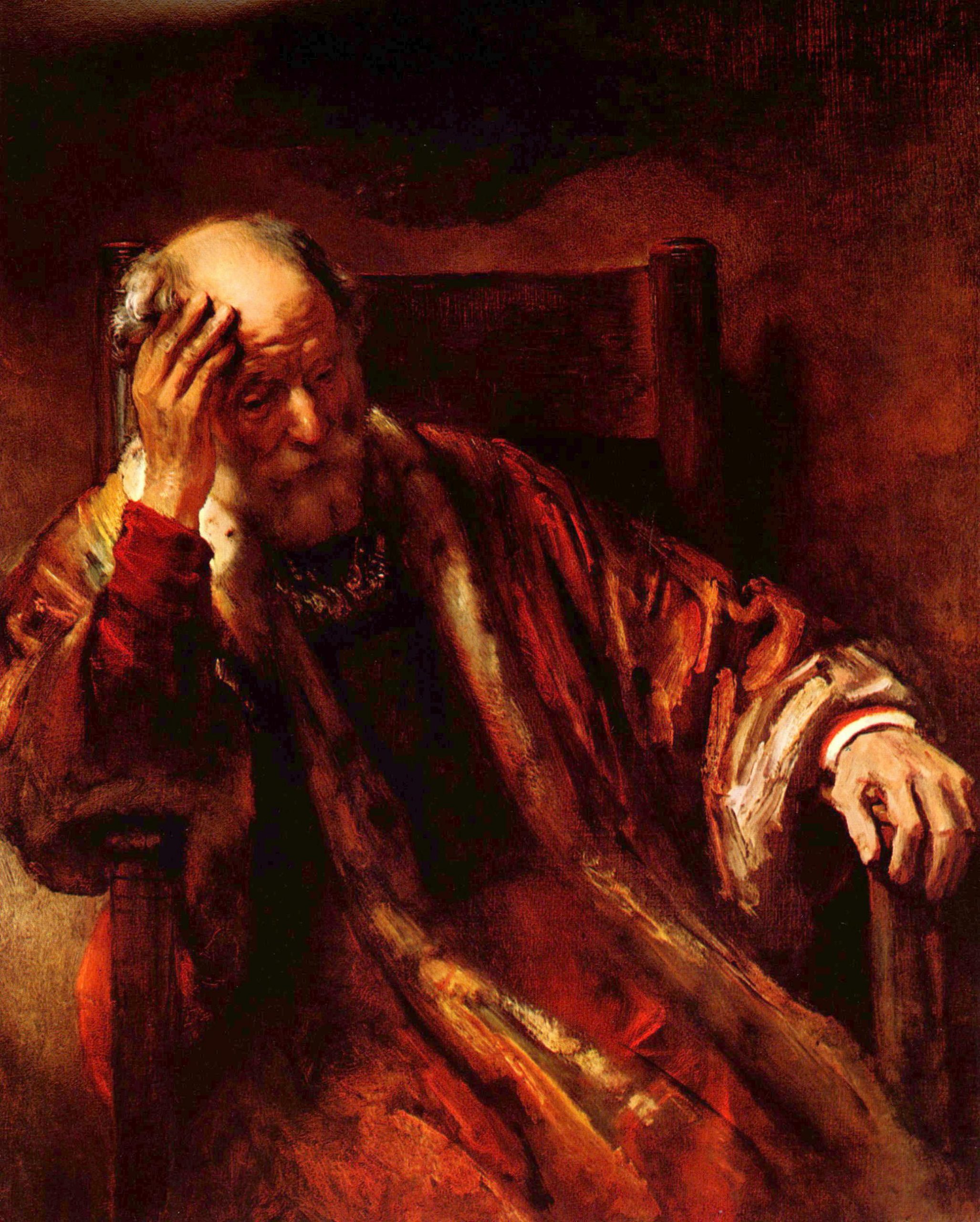
One of the world’s leading experts on Rembrandt has reattributed 70 paintings as the work of the Dutch master, reports the Wall Street Journal. Ernst van de Wetering has published his findings in the sixth edition of the Rembrandt Research Project, which is said to be the organization’s final volume. It was founded in 1968 by a group of Rembrandt experts. Today, van de Wetering is the only remaining member. And, he says, he’s out to correct some decisions his peers got wrong.
Forty-four pieces that the Rembrandt Research Project previously stripped of their attribution to the Dutch master have been reinstated in this latest volume. It is the third on which van de Wetering has worked alone. Speaking to WSJ about these changes, the expert says “There was a tendency to say no to paintings” in the project’s early years, “and that tendency was too strong.” He explains that the group’s decisions were made on a democratic basis in its first decades but that such a process was “unjust.”
Van de Wetering’s latest attributions bring the total number of surviving paintings attributed to Rembrandt to 340 pictures, up from the less than 300 pieces considered to be the artist’s work since the 1980s. The number falls far short of the 714 paintings thought to be by the Dutch master in the 1920s, many of which were excluded through the Rembrandt Research Project’s work.
Most prominent among the paintings which van de Wetering now considers not from the school or style of Rembrandt but by the master himself is Portrait of a Man (1658), known alternatively as The Auctioneer. The painting is in the New York Metropolitan Museum of Art’s collection but is not on view. And Met curator of European Paintings Walter Liedtke tells WSJ that he doesn’t expect that his museum’s view on the painting will change. “The scholarly consensus in the world very much remains that this painting is not by Rembrandt, and that has been the consensus for 30 years,” he says, cautioning that he hasn’t read the most recent argument for the painting’s reattribution. Van de Wetering reattributes three other Met Rembrandts in the Rembrandt Research Project’s sixth volume. Liedtke says that he’s “unconvinced” by those arguments as well.
Portrait of a Man (The Auctioneer) (1658) has been newly reattributed to Rembrandt
Photo: Metropolitain Museum of Art, Bequest of Benjamin Altman (1913)
Van de Wetering also recently reauthenticated the British National Gallery’s Old Man in an Armchair (1652) (see “Rembrandt Expert Challenges British National Gallery“). However, a spokesperson was rather unfazed by the decision, writing at the time: “Old Man in an Armchair is a picture that has generated much debate over the years—as many Rembrandts do—and we look forward to further discussions concerning its attribution.”
Other paintings deemed true Rembrandts in the volume include Portrait of Dirck van Os (c. 1658), owned by the Joslyn Art Museum in Omaha, Nebraska, and Portrait of a Man Reading by Candlelight (1648) owned by the Sterling and Francine Clark Art Institute in Williamstown, Massachusetts. The newspaper suggests that smaller institutions such as these may more readily accept van de Wetering’s authentication without question. Adding a Rembrant to a collection can be a boon to ticket sales: the Joslyn Art Museum’s director Jack Becker told WSJ that the painting has become a huge draw since its reattribution.